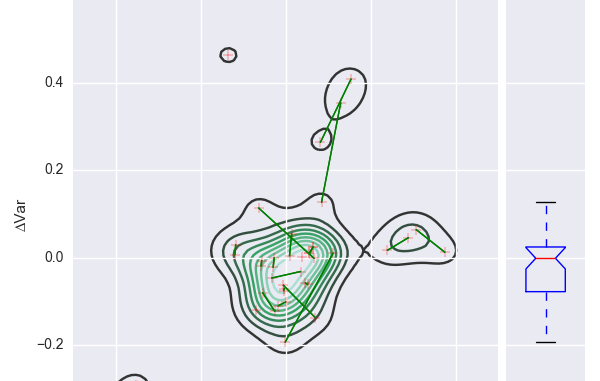
The results of the Round Robin data evaluation are available as a pre-submission manuscript here. The conclusion is that the awesome SAXS labs that participated produce data which is very representative, and that for the size-disperse 6 nm particles Claudia synthesized, we can be very reproducible at sizing indeed!
Additionally, through a lot of elbow grease from Andreas, we found out that the spread in results is somewhat affected by the choice of data analysis method. In hindsight this is logical: McSAS, with its minimum of assumptions allows for a wider spread, while GIFT or SASfit impose more constraints to the solution, leading to a smaller spread. Apropos, I’d be quite interested in knowing what the spread in McSAS, GIFT and SASfit results would be if we have the same dataset analysed by a range of users, i.e. which one is the most user-proof?

Round robin 2.0: send out standard data sets. That is what the IUCr quantitative phase analysis round robin (XRD) did (as we as sending samples).
You can then rule out data collection as an issue.
In this case (1.0), all the data analysis was done by us. We were specifically looking for the variation in data sets, and how this variation could affect the final result.